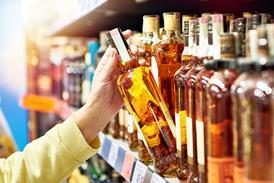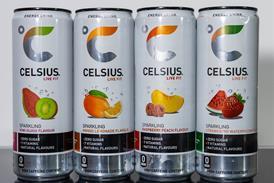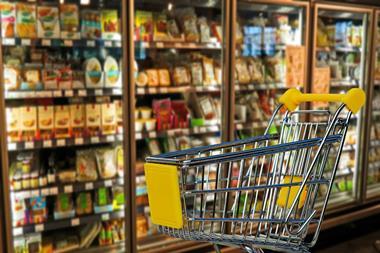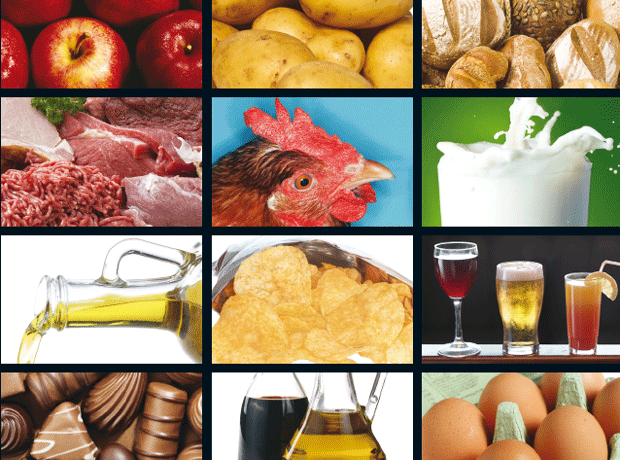Food drives retail sales growth in December

Like-for-like food sales increased by 2.6% during the three months to December, while total sales exceeded the 12-month average, according to the latest BRC–KPMG sales monitor.
ALREADY HAVE A REGISTERED USER ACCOUNT? PLEASE LOG IN HERE
To read the full story join the ConvenienceStore.co.uk community today!
Registration is quick and easy and provides access to:
- Unlimited ConvenienceStore.co.uk articles
- Our great range of newsletters
- Content you’ve saved for later via the ‘my library’ feature
And much more…




















